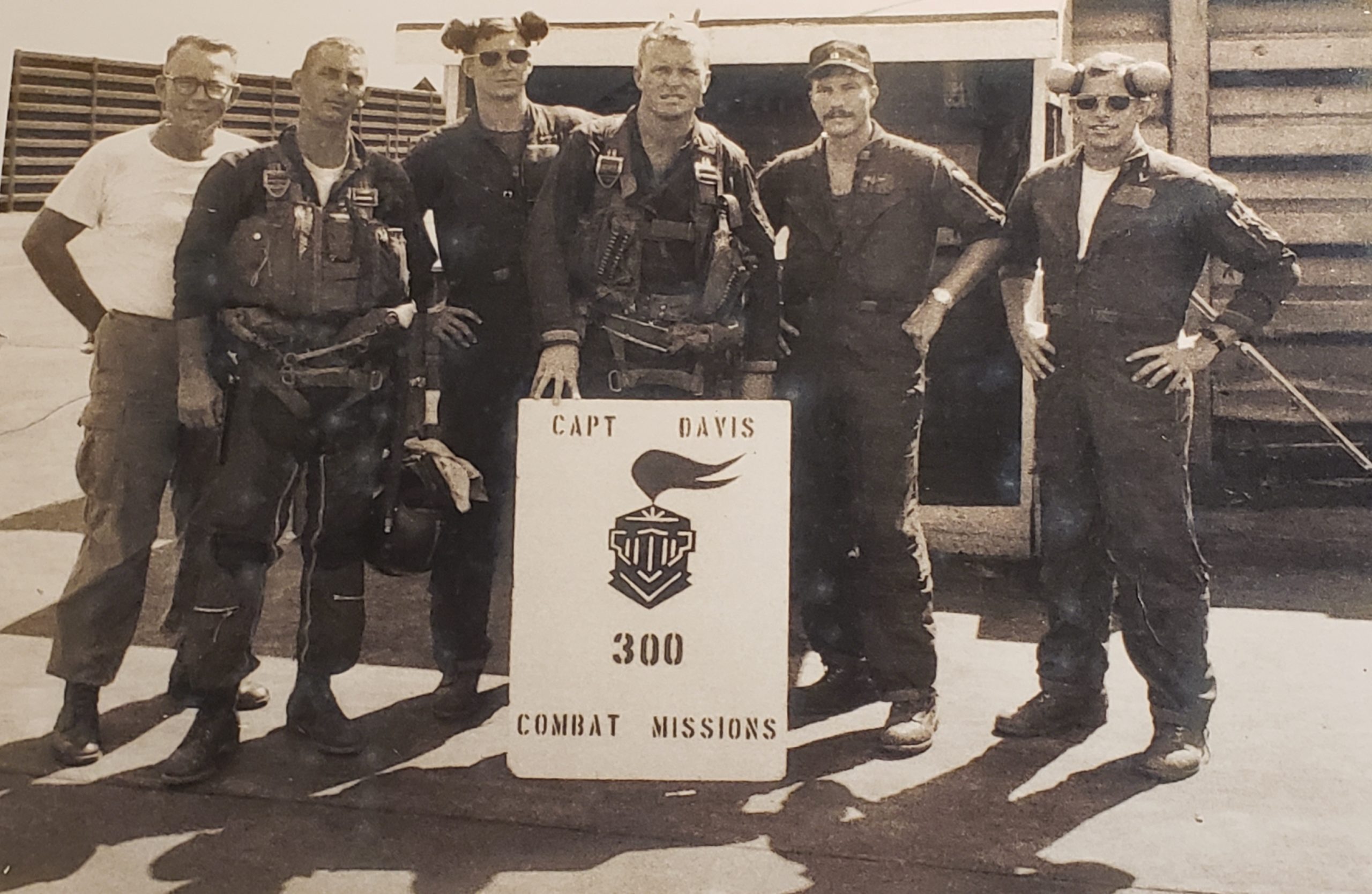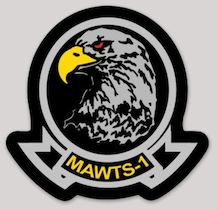Institutionalizing Excellence: The raison d’être for Creating MAWTS-1
We had a chance to look back at the creation of MAWTS-1 with Col James Davis a Vietnam veteran and one of the team that created MAWTS-1.
Davis was commissioned in 1963 and for his tour in Vietnam served as an infantry officer in the First Marine Brigade in 1965-1966, Platoon Commander, 2nd Bn, 4th Marines. When he returned to the states, he went to flight school.
There he became a Phantom F-4 pilot. He would fly 326 combat missions in the F-4 in Vietnam. He was a member of two squadrons that served in Vietnam, namely VMFA-323 and VMFA-314. In 1972 he was based at Nam Phong, Thailand referred to as the “Rose Garden.” His service dates were from 1963 through 1988.

When he returned from Southeast Asia, he did two tours at MCAS Beaufort Air Station and from there went to Headquarters Marine Corps to work in the Aviation Department. When he arrived the project to create MAWTS was being shaped.
Before MAWTS, there was an East Coast training facility at Cherry Point which was a ground school with no flying and a West Coast training facility at Yuma.
But the training was very different and not delivering standardized preparation for operational conditions.
According to Davis, the “JOs in the Aviation Department were fully behind MAWTS. We did not wish to repeat our Vietnam experience which was learning by the seat of our pants. There was significant opposition at Headquarters to creating MAWTS, but we believed in MAWTS because we thought it was a wonderful idea to have a location with standardized training worked through a big exercise.”
“We worked a briefing for the head of Aviation, General Miller, and we worked it hard because we all believed in MAWTS. At the meeting which would make the decision to launch MAWTS, all of the senior people were there, and it was clear the Commandant wanted to do this. General Wilson he was a formidable leader. He controlled the conversation and said we are going to do this. Did anyone object? Well, they did not and MAWTS was launched and came to life.”
The importance of MAWTS for Davis was simply put: it was the standardization of training.
As Davis put it forcefully: “The purpose of MAWTS is to institutionalize excellence. End of story. Period.”

